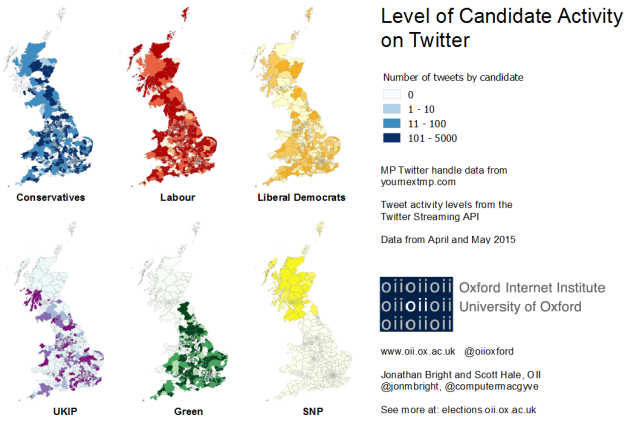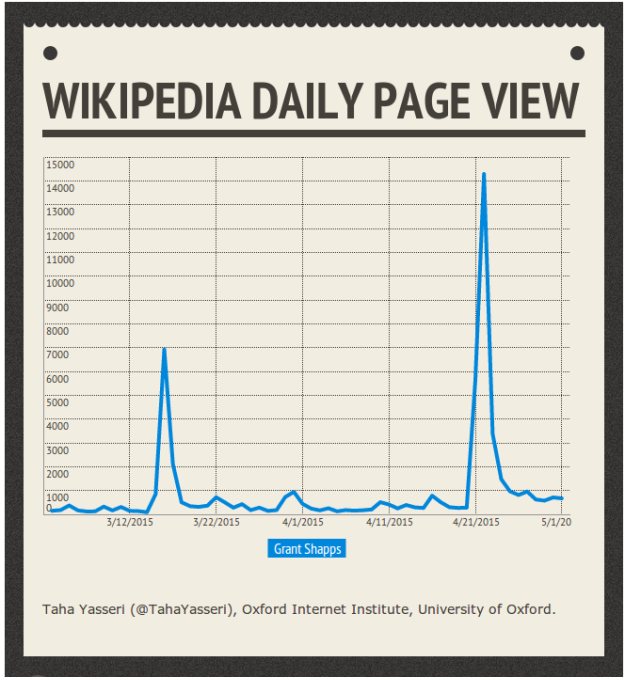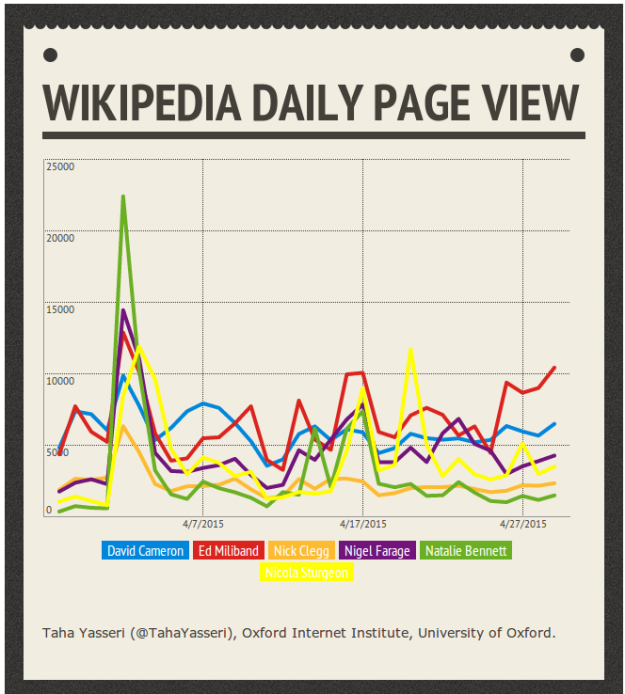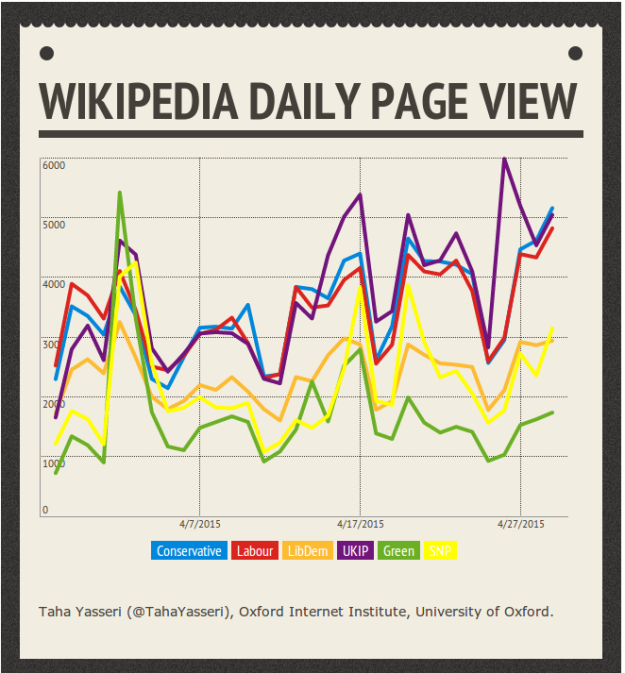The failure of pollsters in #GE2015 was covered widely, including in a previous post here, but it was not the only opinion polling failure that year. Polls also failed to predict results by wide margins in the national elections in Israel and Poland.
The history of polling as we know it now is pretty short, dating back only to George Gallop in the US in the 1930s. Gallup successfully predicted Franklin D. Roosevelt’s win in the 1936 election, using a representative sample. The popular magazine The Literary Digest had predicted that Alfred Landon would win by a landslide. Unlike Gallup, The Literary Digest’s poll was based on an nonrepresentative sample – the magazine provided postcards for any reader to mail in with their preference.
The actual method used now by pollsters varies but most rely on some kind of automated selection of landline telephones. It is possible for polling firms to call cellphones as well but it is much more expensive, so few firms do. Of course, as people drop landlines in favor of cellphones, the pool of people responding to polls becomes less and less representative of the general population.
Israel and the Surprise Reelection of Binyamin Netanyahu
“It wasn’t a good night for Israel’s pollsters. The average of pre-election polls showed Binyamin Netanyahu’s Likud party on 21 seats, trailing the centre-left Zionist Union led by Isaac Herzog by four seats.,” Alberto Nardelli wrote in The Guardian of Israel’s March 2015 election. Instead Netanyahu was comfortably reelected. What happened?
Nardelli notes that it could be due to last-minute changes of heart in the electorate…or systematic error in the polls. In Israel polls cannot be published in the four days leading up to the election and it is possible that voters decided for Netanyahu and his Likud party in those final hours. Avi Degani a Professor at Tel Aviv University and a pollster himself blamed the poll errors on Internet-based methodologies in an interview with CNN, noting that not all voters in Israel are equally represented online.
Poland and the Unexpected Loss of Bronisław Komorowski
Just as the British Polling Council announced that it intended to carry out an investigation into the failures of opinion polls leading up to #GE2015, the Polish Association of Market and Opinion Research Organizations stated too that it planned to investigate why opinion polls failed to predict the results of the May presidential election. Contrary to predictions that the incumbent Komorowski would be comfortably reelected, the relatively unknown Andrzej Duda won instead in both the first and second rounds of voting. In an interview with the Associated Press, Miroslawa Grabowska, director of the CBOS polling agency in Warsaw, said that undecided voters would feel forced to state a preference when polled and so would point to the household name of the sitting president. Jan Kujawski, director of research with Millward Brown in Poland, pointed the blame at the fall in number of households with landlines.
Time will tell if this pattern holds true for upcoming national elections, or if more polling firms improve their results by contacting prospective voters through cellphones or other methods.
Image credit to Flickr user Mortimer62.


















